SUMMARY
This is AI generated summarization, which may have errors. For context, always refer to the full article.
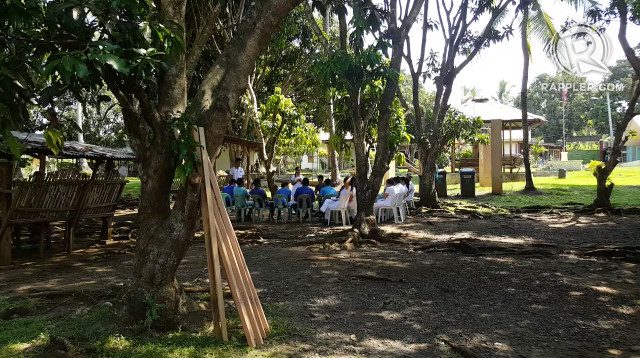
DAVAO CITY, Philippines – Rodrigo Duterte, the candidate I cover for elections, mentions this drug rehabilitation center so often in his speeches that I decided to take a look at it for myself.
The Davao City Treatment and Rehabilitation Center for Drug Dependents (DCTRCDD) is a 1.2-hectare compound in Barangay Bago Oshiro, around 17 kilometers away from the city center.
A mango tree laden with fruit greets me and my companions as our vehicle passes through the gates. Beside the parking area stands the cream-colored administration building. Patches of garden surround covered walkways, gazebos, one-story dormitories, a medical section, dirty kitchen area, basketball court, and a chapel.
The day I visit, the male patients are in the garden listening to a lecture by psychology students. The patients, all in blue t-shirts, are sitting in a half-circle, facing a blackboard and two students in white uniforms.
Notnot Gabato, a nurse in the facility, shows me the “medical section,” where some doctors, mostly psychologists, are at their desks. Charts, inspirational messages, and lists of rules dominate the walls.
We drop by the womens’ dormitory where some patients are hanging out by the lobby, not too shy to say hello.
Their bedroom is one long room with a single row of metal double-deckers, topped by thin mattresses. The walls and ceilings show the building is old but the residents have kept it clean and orderly. A large brown poster hangs above the sink bearing a hand-written outline of the “General House Rules and Regulations.”
Originally a DSWD project
The 88 patients of the rehab center are mostly shabu and marijuana addicts, says Gabato. But a number would also get high on vulkasil (elastomeric sealan) or rugby (contact cement). Only a few are here for injected drugs.
The center didn’t actually start as Duterte’s project. It was put up in 1985, 3 years before he first became mayor. It was run by the Department of Social Welfare and Development (DSWD) then.
But in 2001, the DSWD turned over the facility to the Davao City government. Duterte was already serving his 4th term as mayor when he devoted P12 million of LGU funds to repairing the center, says Center Manager Gene Gulanes.
Today, the city government covers all the costs for patients.
“As of the present, free of charge ‘yung lahat ng rehab, stay nila sa center (the rehab, their stay at the center is free of charge). Based on our calculation, the government is spending almost P17,000 to P20,000 per patient per month,” says Gulanes.
That’s at least P1.5 million per month just for patient care which includes social services, health and medical, education, psychiatric and psychological services, and nutrition.
They admit an average of 100 patients per year, adds Gulanes, and release an average of 100 patients annually as well. But even after release, the center still conducts “aftercare” and follow-ups to check on how the patient is adapting to his or her old surroundings.
‘Bahay Pag-asa’
Gabato says there are other drug rehab centers in Davao City, but many poor families opt to admit their loved ones here because there is no charge. Private rehab facilities can be very pricey.
There are around 40 drug rehab centers, government- and NGO-run, that are accredited by the Department of Health.
Gabato says she knows of only one other center that provides free services and stay – the Quezon City Drug Treatment and Rehabilitation Center.
Next stop for me was a rehab center for “children in conflict with the law” or CICL.
Davao City’s “Bahay Pag-asa Children’s Village” is in the same barangay as the drug rehab center and looks pretty much the same – a compound of low buildings and gardens dotted with trees, lined by walkways.
It’s one of 13 such centers in the Philippines that are fully operational, according to a June 2015 Philippine Star article quoting DSWD data.
Davao City’s Bahay Pag-asa began operations in 2014, two years after the passage of the Amended Juvenile Justice Welfare Act (Republic Act No 10630) which asks all LGUs to put up their own such facility.
A Bahay Pag-asa is a 24-hour institution that offers short-term residential care for offenders aged 13 to 17.
Angela Librado-Trinidad, a barangay captain and former city councilor, said Duterte had the facility built on his 7th (current) term as mayor, even if he disagrees with the amended juvenile justice law.
Duterte has always maintained that 16 and 17-year-olds should be held criminally-liable whereas the amended version of the law holds that those below 18 years old are exempt from criminal liability.
Matt, a 14-year-old resident, says he was brought to the facility 9 months ago after he was found to have raped his sister.
“Hindi ko alam ginagawa ko kasi sabog pa ako sa droga (I didn’t know what I was doing because I was high on drugs),” he said about his days as a rugby addict.
Asked what good the center has done for him, he said he has learned housekeeping and respect for elders.
Nineteen-year-old John has stayed in the center the longest. He was brought in when he was 15. He was caught stealing, along with his friends.
Now, he holds a TESDA certificate for welding which he obtained while in the center.
He likes being in the center where he is charge of the kitchen. He cooks every day.
“Mas komportable dito kasi safety ka. Sa labas, maraming away, lahat mayroon, kasi freedom. Ngayon, hindi na freedom. Inutos ng panginoon kaya nandito ako,” he told me.
(It’s more comfortable here because you’re safe. Outside, there are a lot of fights, there is everything, because you are free. Now, no more freedom. God commanded that I be here.) – Rappler.com
Add a comment
How does this make you feel?
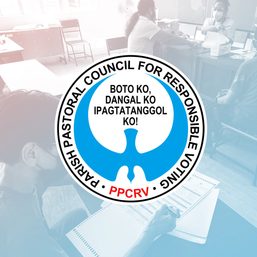
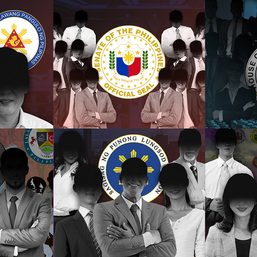
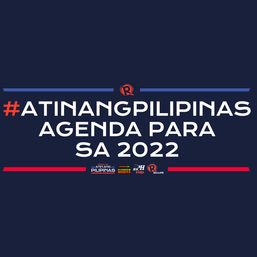
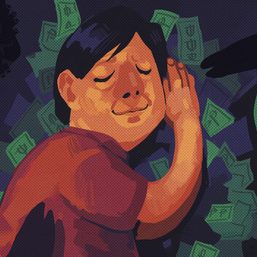
![[PODCAST] Beyond the Stories: Ang milyon-milyong kontrata ng F2 Logistics mula sa Comelec](https://www.rappler.com/tachyon/2021/11/newsbreak-beyond-the-stories-square-with-topic-comelec.jpg?resize=257%2C257&crop_strategy=attention)
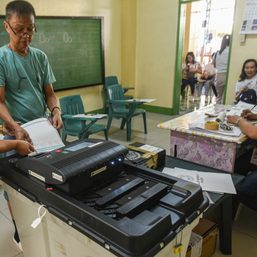
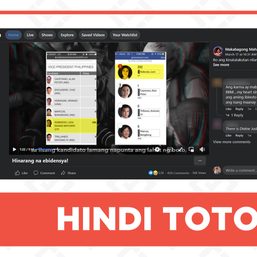
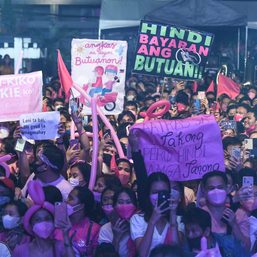
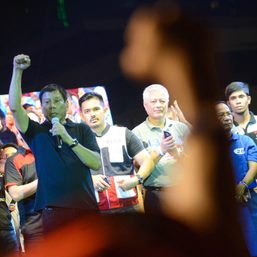
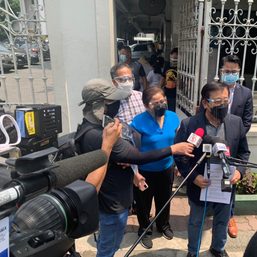
![[Free to disagree] How to be a cult leader or a demagogue president](https://www.rappler.com/tachyon/2024/04/TL-free-to-disagree.jpg?resize=257%2C257&crop_strategy=attention)
![[OPINION] Can Marcos survive a voters’ revolt in 2025?](https://www.rappler.com/tachyon/2024/04/tl-voters-revolt-04042024.jpg?resize=257%2C257&crop=251px%2C0px%2C720px%2C720px)
![[Edgewise] Quo vadis, Quiboloy?](https://www.rappler.com/tachyon/2024/03/quo-vadis-quiboloy-march-21-2024.jpg?resize=257%2C257&crop_strategy=attention)
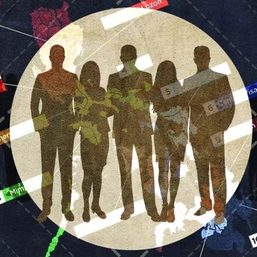
![[OPINION] Sara Duterte: Will she do a Binay or a Robredo?](https://www.rappler.com/tachyon/2024/03/tl-sara-duterte-will-do-binay-or-robredo-March-15-2024.jpg?resize=257%2C257&crop_strategy=attention)
There are no comments yet. Add your comment to start the conversation.